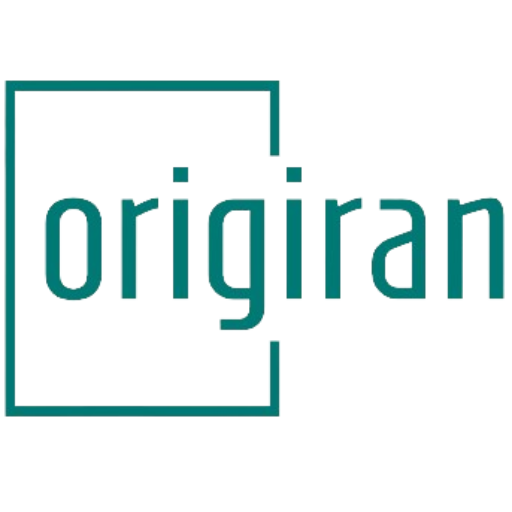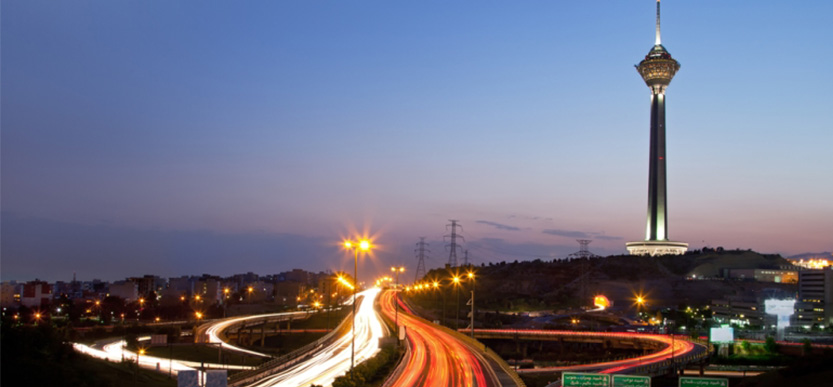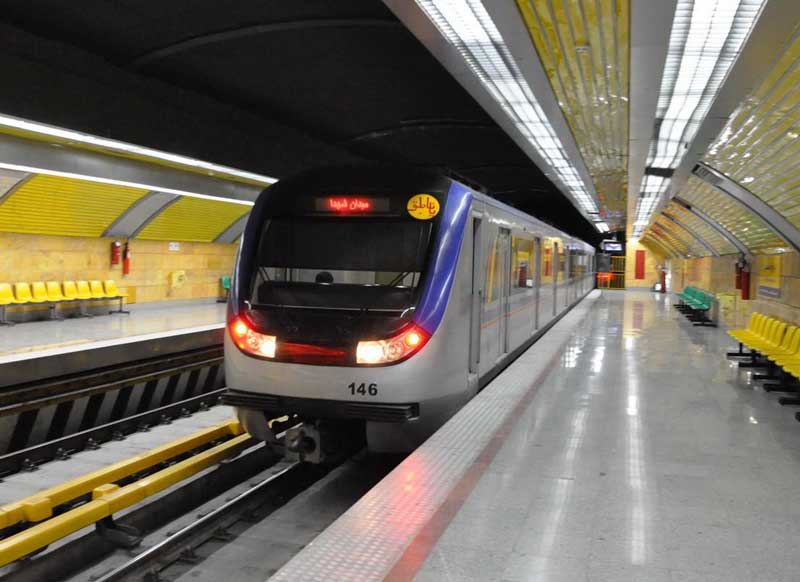Getting around traffic-clogged, sprawling Tehran is a true test of patience. While taxis are your best bet, they are pricier here than the rest of the country. A large local bus network will also take you almost anywhere you need to go, as long you can make sense of the routes and Persian line numbers. The true star of Tehran’s transport system however, is the brand new metro.
By bus
Tehran has an expansive but confusing bus network. Some require prepaid contactless card (min 20000 rials), which can be bought from booths beside the bus stops and Metro Stations used when you get off the bus, and some should be paid by cash (ranging from 350-600 Toman). Note that the buses are partitioned in two sections, men-only (the front section) and women-only(the back section).
Note that in the BRT lines, the women-only section is at the front. Also, the fee is paid on the station, using the prepaid contactless card (shared with Metro), or paying to the guard.
Since bus numbers, route descriptions and other information is in Persian, your best bet is to look confused at a bus terminal; a local will surely stop to help. Each bus line has a certain and almost invariable path but only people know exactly which bus stations exist for a certain road. You shouldn’t expect a map or guides even in Persian showing the bus network or bus stations. Even asking the bus driver wouldn’t be a great help for you to find your way either. If you get in a bus and looking for a certain station to alight, ask one to help you – you will find many people wish to help you to find your way, most of the time.
BRT (Bus Rapid Transportation)

The BRT buses are colored in red. BRTs has special lines and travels very quickly from Azadi square (west of Tehran) directly to the East (Terminal-e-Shargh). Railway square (South of Tehran) directly to the North (Tajrish square). Azadi square to free university(northwest). Azadi square to south Terminal and parkway bridge(north of tehran) to jomhuri square. Costs between 1,000-3,000 rials. In high-traffic hours (7AM-9AM & 4PM-8PM) it is the best way to traveling . BRT has too many stations near main streets. Although you may not find an empty seat on the bus because of the crowds, people give their place to you if they know you are a tourist. The women’s and men’s seats and queues are separate.

By metro
Tehran’s new metro system is comprised of five lines that will whisk you quickly from one end of the city to the other without having to deal with the noise, pollution and chaos of Tehran traffic. However, many residents decided to leave their cars and commute by metro, so expect huge crowds during rush hours.
There are five lines available (1, 2, 3, 4 and 5) (some stations on line 3 are still under construction) but the two most useful are lines 1 (north to south- from northern most Tajrish Station to Kahrizak Station) and 2 (east to west) which connect at the central Imam Khomeini station. All stations have signs in both Persian and English. Trains run every 10 minutes or less on rush hours (15 minutes on Fridays and holidays) from around 5:30AM-11PM every day. line4 (yellow line) recently extended eastward to Kolaahduz station and westward to Eram-e-sabz Station. It’s really crowded since it is connecting some of most important points like University of Tehran in Enqelab Sq. and an interconnection to line5 (green); line5 is going to Karaj, which is a 3 million population suburb!

Tickets valid for 1 trip (including change of lines) cost 650 Toman. A go and return ticket costs 1100 Toman. There are ticket booths at every station. You can also buy a contactless fare card which is the best option if you are going to use metro a lot, or simply want to have less hassle by paying 20,000 rials (10 Rials=1Toman) for a card and use it on both metro and most of city buses (note that if you use this card, you usually pay less than any other tickets, since they charge for the longest trip on the network), to charge minimum cost in metro with this chargeable tickets you should use the card in exit station. There are three dedicated women-only carriages at two end of the train, one and half in each side. Women can anyway choose to travel aboard the other carriages.
There are a few apps for Android and iOS devices to assist passengers on using the metro. You can try downloading the Tehran Metro app which is made specially for foreign travelers. First you can find yourself on Google map (with stations marked on it) and your destination to decide which station you can get in and to which you want to arrive. After it you can select them on the stations map to get a textual explanation on taking directions and line changes along with a travel time estimation.
By taxi

As with the rest of the country private and shared taxis are abound in Tehran, although you may find flagging down a shared taxi more difficult amid the traffic and chaos, while private taxis are more expensive than in the smaller cities. See the Get Around information on Iran for details on flagging a taxi. If you want to get around by shared taxi, your best bet is to hop from square to square, as drivers will be reluctant to pick you up if your shouted destination deviates too far from their route. In each square you will find certain places where the private taxis are lined up in a queue and drivers call for passengers to a destination. (mostly happening during the times when the number of waiting taxis exceeds the number of passengers). In this case, they would wait until the car gets full of passengers (mostly one people at front and 3 people at back, excluding the driver). Otherwise the people have to line up in a queue waiting for the taxis to come. This is the case during rush hours (approximately 7AM-8AM and 5PM-8PM). All these depend upon finding their regular station in the square. You can also ask them to alight sooner than your destination wherever you like but you have to pay their total fee up to destination. The cost of such a ride from Azadi square to Vanak Square is around 150,000 rails (15,000 Tomans) (Prices accurate as of August 2015, but huge inflation means they change quickly). Most drivers are very poor at English – if your destination is anything other than an extremely popular spot (Bazaar, etc) you should bring it on a map or written in Farsi.

Snapp is also the Iranian version of Uber in Tehran which is fairly cheap and the price is calculated in advance. The app can be downloaded from Google Play Store and Apple App Store and is available in English and French but a local SIM card is required to activate it. Although the drivers may not be good English speakers, the support line speaks English well and can handle the communication problems between you and the driver.

Motorcycle taxis are a Tehran specialty and offer a way to weave quickly through the city’s traffic-clogged streets. You’ll see plenty of these drivers standing at the side of the road calling “motor” at all who pass by. Keep in mind motor taxi operators can seem even more suicidal than the average Tehran driver when driving. Agree on a price before you take off and expect to pay slightly less than chartering a private taxi.


